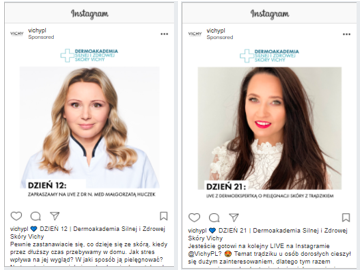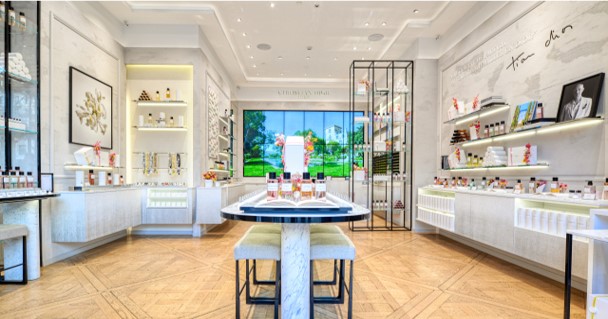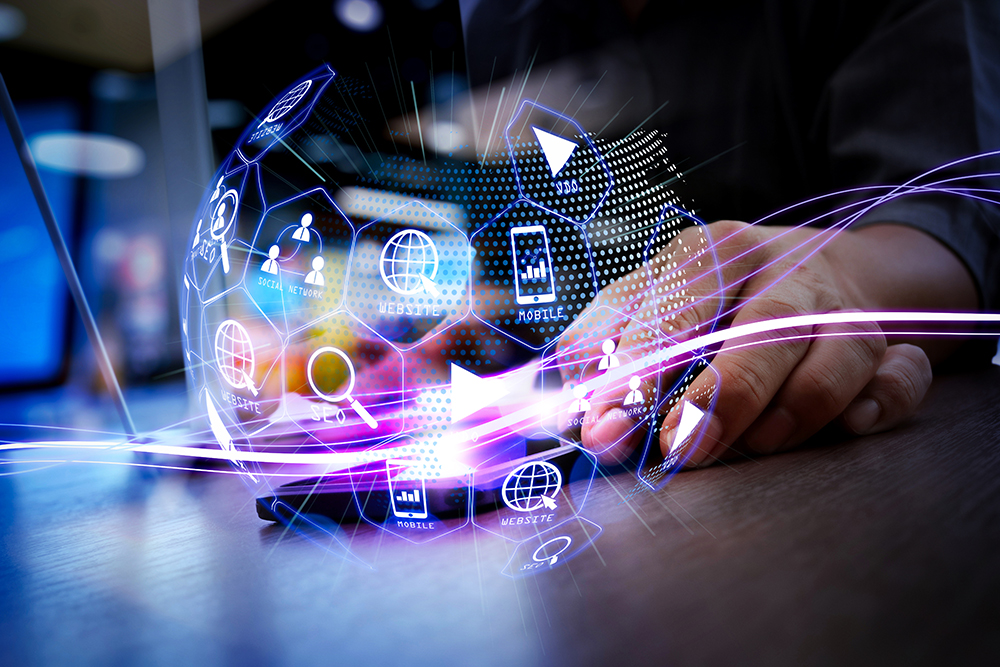Sanitary restrictions, which appeared in connection with the pandemic, have their implications not only in our everyday life (how many times have you forgotten your mask before going to a store?), but have also clearly influenced the shopping habits which have been established for years. One of the industries that has particularly felt this is cosmetics. After opening a drugstore, it became clear to the beauty industry, for example, that testing “products at the shelf” should be quickly forgotten and attractive substitutes sought. New technologies came to the forefront of producers’ minds, which immediately began to replace the already inaccessible store experience in the process of selecting cosmetics and helped to educate consumers on how to increase satisfaction with the products. Below we have gathered a few examples of solutions that have recently helped the beauty industry find its place in the new reality.

PRODUCT TESTING:
A key stage in the purchasing path of colour and luxury cosmetics – How to select a colour? Does it suit me? Will this expensive product work?
Sephora, Douglas and Superpharm drugstores withdrew their testers from their stores at the beginning of the pandemic for fear of coronavirus spreading among customers. Decreases in sales in stationary drugstores were partially compensated for by increases in the e-commerce channel, but testing products in the virtual world and building consumer experience as in a drugstore remains a challenge.
During the unavailability of testers, but also the possibility of talking to consultants in pharmacies, Vichy launched an expert dermoconsultation program in the form of live promotions on Instagram. Mobile applications using AI/AR solutions for applying make-up by users have become more and more popular.

USE:
In the era of lockdown and closed hairdressing salons, consumers faced the challenge of colouring their hair at home by themselves. In addition to the risks associated with improper colour selection, a question arose – can I colour my hair so that the effect is similar to that of a hairdressing salon?
In order to help consumers reduce the stress of dyeing their hair at home, L’Oreal Paris has introduced an online service that allows users to consult with hair colouring experts 24/7 via text or video.

NEW MERCHANDISING:
Regular visits by consumers to stationary drugstores were a natural opportunity before the pandemic to learn about novelties, a wide product portfolio and the possibility to select a product variant according to the individual needs of the user (e.g. foundation shade to skin tone).
In the “new reality” we are observing a virtualization of the wide assortment of cosmetics manufacturers. Givenchy has created make up visualizations for the figure of Animal Crossing from Nintendo (a variety of colour combinations for different skin tones).

Dior has opened a virtual 3D beauty boutique, which looks like the one on the Champs-Elysées in Paris. As in “real life”, users can walk around the store, touch the products, read about them and make purchases.

DFS, which is a network of duty-free stores at airports, in the era of declining tourist traffic, organized an hour-long event at the WeChat with a presentation of luxury cosmetics offer. (effects: daily Network sales record).
In turn, Pinterest, in order to meet the expectations of cosmetic manufacturers, is improving the functions of pin search and content filtering according to skin tone and hair colour.

